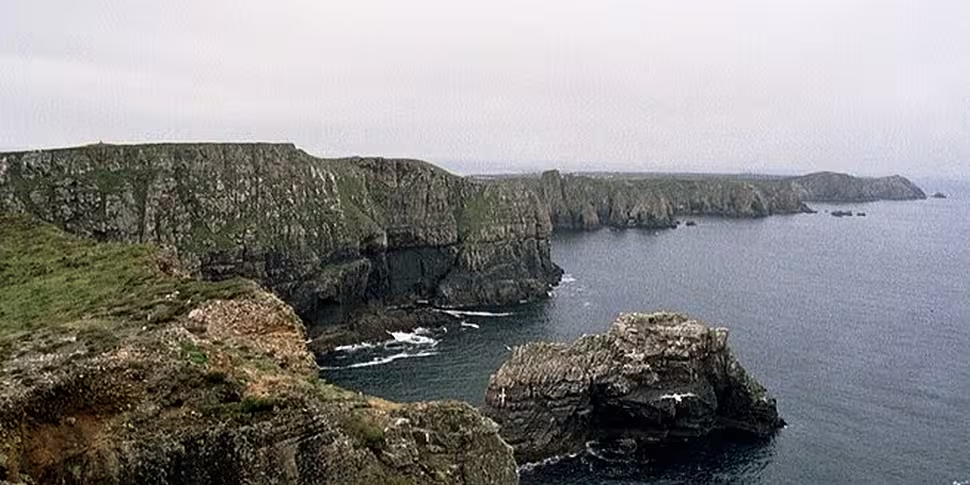When on holiday abroad, we immerse ourselves in the local language, landscape, literature, music, food and culture. We imbibe the sense and sensibilities, rhythms and melodies of a place in so many varied ways. In Spain we are engulfed in marimba music, flamenco dance, the lisping, lilting sounds of Español. The same is true of France, Russia, Japan, but not Ireland. Our music, dance, sports and myths were created by Irish speakers for Irish speakers – the rhythms and resonances of the language are in their DNA. It must be confusing for tourists. How are they meant to make sense of the dichotomy? Like trying to understand Paris while surrounded by Japanese.
Would it help if tourists engaged more directly with An Gaeilge? After all, one returns home from an African safari with a smattering of Swahili, or from Italy with poco italiano - a taste of the country on our tongue: Oleaginous Italian, tangy Spanish, tart German. At best, a visitor to Ireland learns ‘Fáilte’, ‘Fir’ & ‘Mná. For tourists, perhaps we should make our language more visible – exhibitions, performances and events that are bilingual.
6 out of Ireland’s 32 counties have Gaeltachts. There is an integrity to these places that is palpable; the purity of communities who have not been forced to take on an alien tongue to express themselves. 4,000 years ago their ancestors picked up a stone and called it a ‘cloch’, and they still do so today. It is as though these Gaeltacht areas are sanctuaries of old lore, rich in folklore, writing, music, historical and archaeological sites.
14.5km off the Donegal coast, taking a ferry from Bunbeg and Magheraroarty, Tory Island is perfect for a visit - although the sea is often too choppy. In 1974 it was cut off for 7 weeks. A helicopter every 2nd thurs in Winter from Falcarragh. Ruled by the King, Patsey Dan Mac Ruairí who tries to welcome every one of the 10,000 visitors a year.
It's a tough place, where the culture is pure and untrammelled. A treeless stunted land, stripped of all superficiality, like the inhabitants. The most isolated and windswept place. A people who have lived there for 4000 years, and were supposed to have been ‘civilised’ by Colmcille in 6th C - some say they only pretended to accept his Christian spiel.

Dún Bhalair Fort, the highest point on Tory [Wiki Commons]
They can seem a bit wary and intense at first but after a few pints in the club Soisialta which opens at 11pm and goes on all night, things tend to loosen up. Once you befriend them they're loyal forever.
The Tory Islanders live by sheep farming and fishing – or, really, the dole. In recent years there has been some development of tourism on the island but this is hampered by the lack of good harbour facilities which makes the island inaccessible in bad weather. In the 80s only 119 people remained on the island and the government tried to convince the locals to abandon the place, offering jobs and houses on the mainland. Rumour said they wanted to use the island as an artillery range. The local priest, Fr Ó Peicín, accused the government of genocide and fought for them.
The remains of a monastery founded by Colmcille in West Town, includes ruins of a round tower and High Cross, but is most famous for the Tau Cross, a stone T-shaped cross dating from the 6th century.

A Tau Cross [Wiki Commons]
To hear the rest of Manchán's advice on how to get the most of a holiday as gaeilge, tune in to The Right Hook at 6.35pm: http://www.newstalk.com/player/









